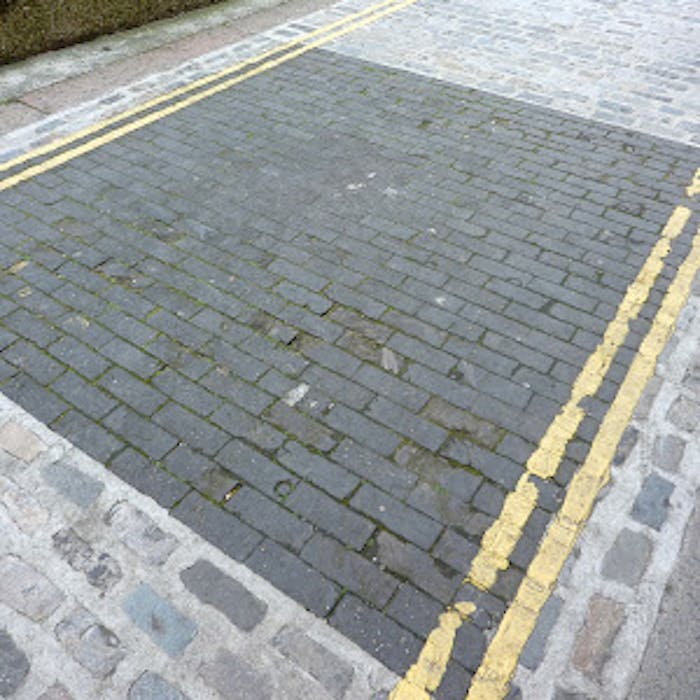
When London had wooden roads
The streets of London may never have been paved with gold, but they were paved for a while with wood! And, in a few places, still are ...
As roads were increasingly paved to cope with carriages and later, bicycles, there was a debate about the best sort of material to pave them with. Surprisingly, wood was a favoured option. This was because stone cobbles were incredibly noisy on London's busiest streets, with iron horseshoes and iron clad wheels banging on the stones.
Another major consideration was that wooden blocks were cheaper to buy, install and maintain than cobbles.
Later, wooden blocks were competing with asphalt - with wood preferred by horse drivers and owners as being a better surface for their animals. When this theory was tested in 1873, the City of London Police found over a 6-month trial that horses travelled further over wooden blocks before stumbling in the wet, and that the stumbles caused fewer injuries to the horses.
Production of wood blocks for use on roads continued right up to the 1950s.
However with the introduction of cars, horses became less common and modern construction materials overtook old paving methods. The wooden blocks often became damp, absorbed smells, and were found to be difficult to clean. The wooden streets were mostly removed.
A few sections or wooden paving remain today. One section can be found on Chequer Street, EC1, directly across from Bunhill Fields Burial Ground where famous Londoners including the poet and painter William Blake were laid to rest.
Further reading
Links to external websites are not maintained by Bite Sized Britain. They are provided to give users access to additional information. Bite Sized Britain is not responsible for the content of these external websites.
